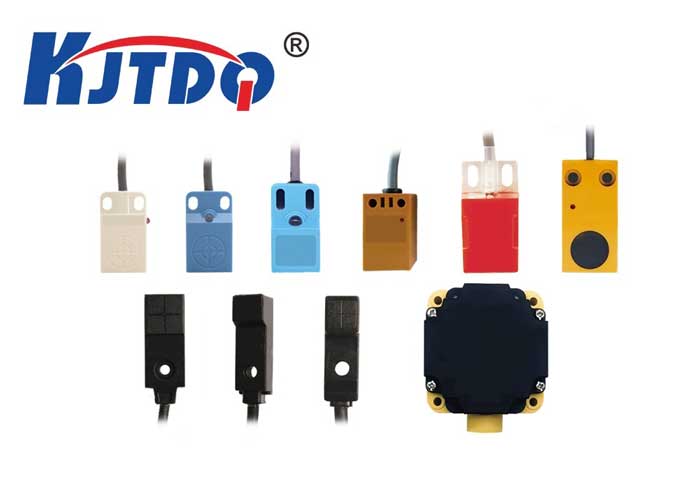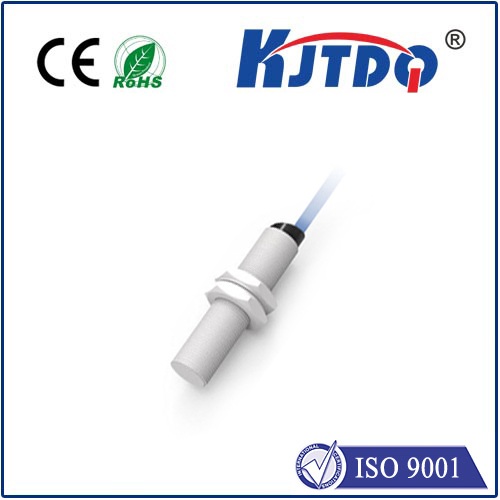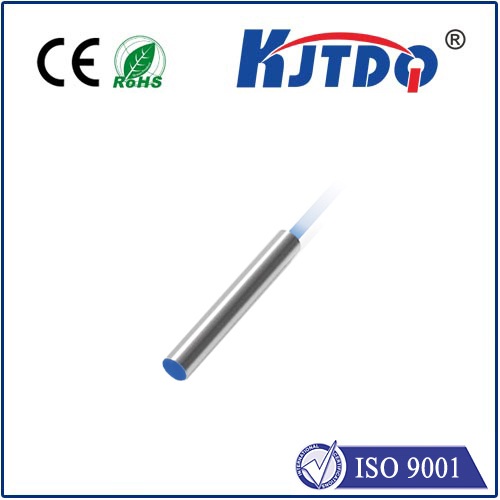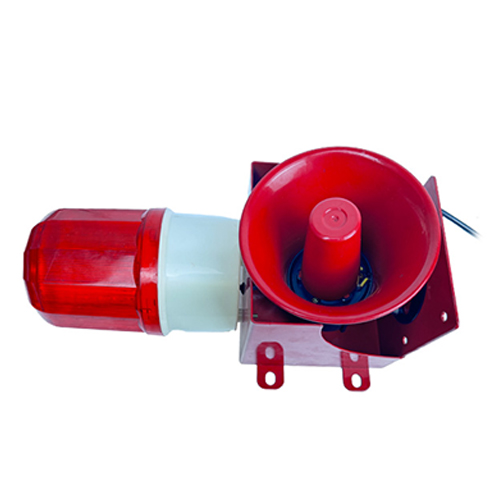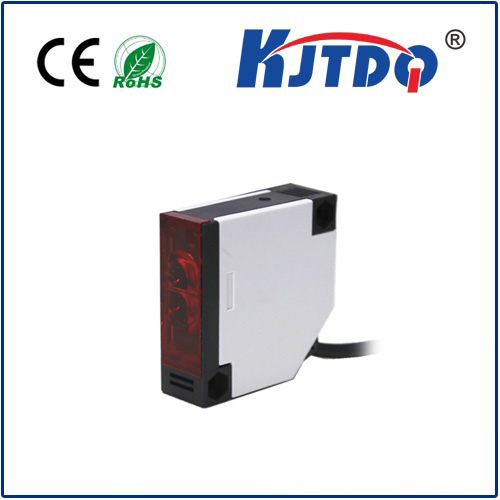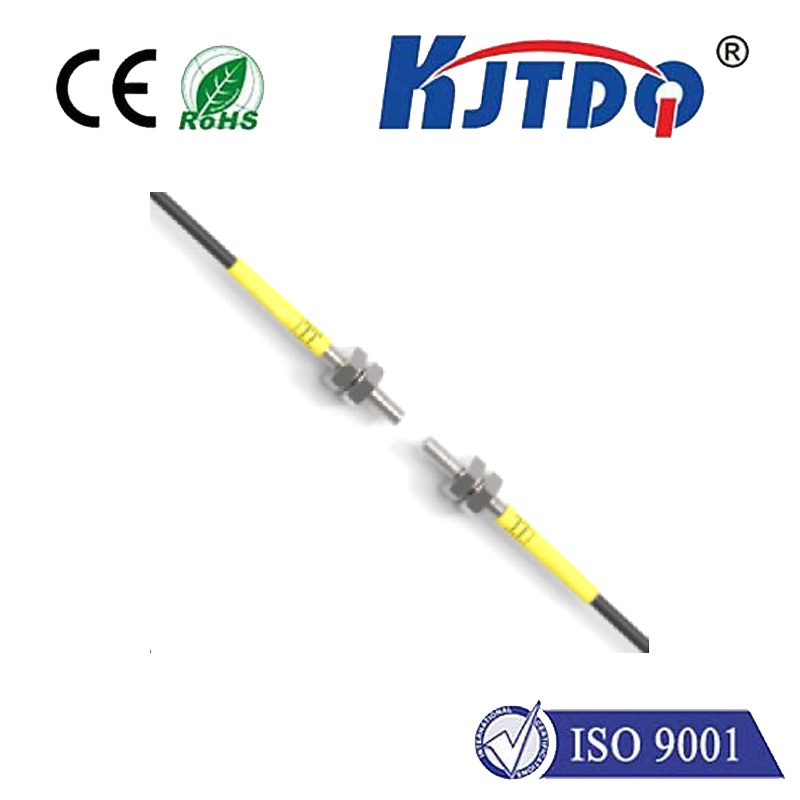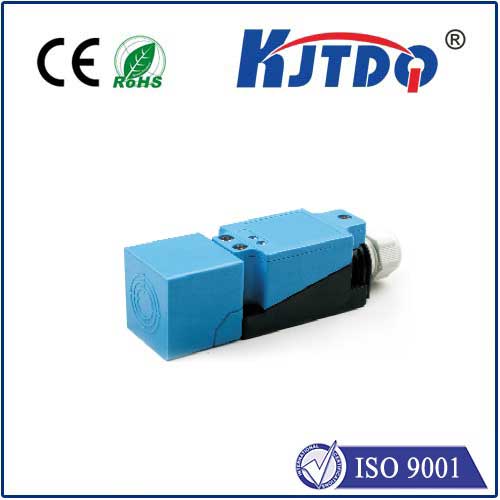u-shaped photoelectric sensor
- time:2025-09-15 14:11:39
- Click:0
The Essential Guide to U-Shaped Photoelectric Sensors
Imagine a bottle whizzing down a high-speed production line. Precisely as it reaches the labeling station, a sensor instantly detects its presence, triggering the applicator. Or picture an automatic door at your favorite store – it knows exactly when to glide open as you approach. Behind countless moments of seamless automation like these often lies a workhorse component: the U-shaped photoelectric sensor.
Often called a fork sensor, slot sensor, or through-beam sensor in a fixed housing, this ubiquitous device is a cornerstone of industrial automation, packaging, security, and myriad other applications. Its fundamental operation is elegantly simple yet incredibly robust, making it a go-to solution for reliable object detection.
How Does a U-Shaped Photoelectric Sensor Work?
At its core, it utilizes the through-beam principle, arguably the most fundamental and reliable photoelectric sensing method. The sensor consists of two distinct components housed within the arms of a rigid U-shaped bracket:

- Emitter (Transmitter): Located in one “arm” of the U, this component constantly emits a beam of light – typically modulated infrared light, although visible red light or even laser light variants exist. The modulation (rapidly turning the light on and off at a specific frequency) is crucial for distinguishing the sensor’s signal from ambient light, significantly enhancing reliability.
- Receiver (Detector): Situated directly opposite the emitter in the other “arm” of the U, this component is tuned to detect the specific light signal generated by its paired emitter.
The core detection principle is straightforward:
- No Object Present: The light beam travels uninterrupted from the emitter across the gap to the receiver. The receiver detects the beam continuously, signaling the sensor’s output (often a transistor switching state) to indicate “no object” or “beam present.”
- Object Present: When an object physically enters the gap (or slot) between the emitter and receiver arms, it interrupts the light beam. The receiver no longer detects the emitted light signal. This absence of light triggers a change in the sensor’s output state, signaling “object detected” or “beam blocked.”
Why Choose U-Shaped? Key Advantages Over Alternatives
This unique physical configuration offers several compelling benefits compared to other photoelectric sensor types:
- Simplified Alignment & Setup: The most significant advantage. The emitter and receiver are pre-aligned and rigidly fixed within the sensor housing. There’s no need for the complex, time-consuming, and often frustrating alignment process required when using separate emitter and receiver units. Setup is typically plug-and-play.
- Unmatched Reliability: Through-beam sensing offers the longest sensing ranges and highest levels of reliability compared to diffuse-reflective or retro-reflective methods. The receiver detects the emitter’s signal directly, not a reflection, resulting in a strong, consistent signal less susceptible to:
- Object Color, Finish, or Reflectivity: Transparent, dark, matte, shiny – it doesn’t matter; if the object blocks the beam, it will be detected reliably. This is where diffuse sensors often struggle.
- Ambient Light Interference: The modulated light and direct detection make U-shaped sensors highly resistant to interference from factory lighting or sunlight.
- Small Object Detection: They excel at detecting very small objects, like wires, thin labels, or tiny components, that might not reliably reflect light back to a diffuse sensor.
- Robust Construction: Housed in a single, typically rugged plastic or metal U-shaped body, these sensors are designed to withstand demanding industrial environments, offering good resistance to vibration and minor impacts.
- Precise Position Detection: The sensing point is clearly defined as the narrow gap between the arms. Objects are detected only when they physically pass through this precise location.
- Consistency: Factory alignment ensures consistent performance unit-to-unit.
Where Do U-Shaped Photoelectric Sensors Shine? Common Applications
Their blend of reliability, ease of use, and versatility makes them indispensable in countless scenarios:
- High-Speed Counting & Object Detection: Counting bottles, cans, packages, pills, or components on fast-moving conveyors. Crucial for production monitoring and control.
- Presence/Absence Verification: Confirming a part is present before a machining operation, checking for a cap on a bottle, detecting if a label has been applied.
- Web Break Detection: Detecting if a continuous material (plastic film, paper, textile, wire) snaps or breaks by monitoring the sudden reappearance of the light beam.
- Positioning Control: Determining the precise position of objects for cutting, sorting, or assembly operations (e.g., detecting the edge of a box).
- End-of-Travel Sensing: Verifying if a moving part (like a slide or actuator) has reached its designated limit by entering the sensor gap.
- Security Systems: Detecting entry or exit through doors, windows, or specific zones.
- Printing & Labeling Machines: Detecting paper edges or verifying label peel-off.
- Automated Doors & Gates: Sensing approaching people or vehicles to trigger opening mechanisms.
Choosing the Right U-Shaped Sensor: Key Considerations
Not all U-shaped sensors are identical. Selecting the optimal model involves evaluating several factors:
- Slot Width (Sensing Gap): This is the distance between the inside faces of the two arms. It dictates the maximum size of object that can pass through “undetected” without triggering the sensor. Choose a gap wider than the largest object that should not be detected, but narrower than the smallest object you need to detect. Standard gaps range from a few millimeters to over 100mm.
- Sensing Distance: While the gap is fixed, the depth that the sensing field projects beyond the arms can vary slightly. Consider how far the object might be positioned relative to the sensor.
- Light Source: Infrared (IR) is most common for immunity to ambient light. Visible red light can be useful for easier setup verification. Laser versions offer extremely precise detection points for very small objects.
- Output Type: NPN or PNP transistor outputs (sourcing or sinking), Relay outputs, or analog outputs. Choose based on your controller’s input requirements.
- Switching Logic: Light-ON (Output active when beam is intact) or Dark-ON (Output active when beam blocked). Dark-ON is most common for object detection.
- Response Time/Frequency: How fast can the sensor detect an object entering the gap and signal the output? Critical for high-speed applications. Measured in Hertz (Hz) or milliseconds (ms).
- Environmental Factors: Consider IP (Ingress Protection) rating for dust/water resistance, temperature range, resistance to chemicals or oils, and potential exposure to strong ambient light sources.
- Connection Type: Pre-wired cable or connector types (e.g., M8, M12).
Looking Ahead: The Enduring Role of U-Shaped Sensors
While newer technologies emerge, the fundamental strengths of the U-shaped photoelectric sensor ensure its place in the automation toolbox for the foreseeable future. Advancements focus on making them even smaller, faster, more resistant to environmental extremes, and easier to integrate via IO-Link or other communication protocols. Their combination of simplicity, rock-solid reliability, and resistance to challenging object characteristics makes them an irreplaceable solution for countless detection tasks where precision and dependability are paramount. Whether counting pills at lightning speed, verifying parts on an assembly line, or ensuring your garage door doesn’t close on your car, these unassuming U-shaped devices perform flawlessly behind the scenes, enabling the smooth operation of modern automation.












